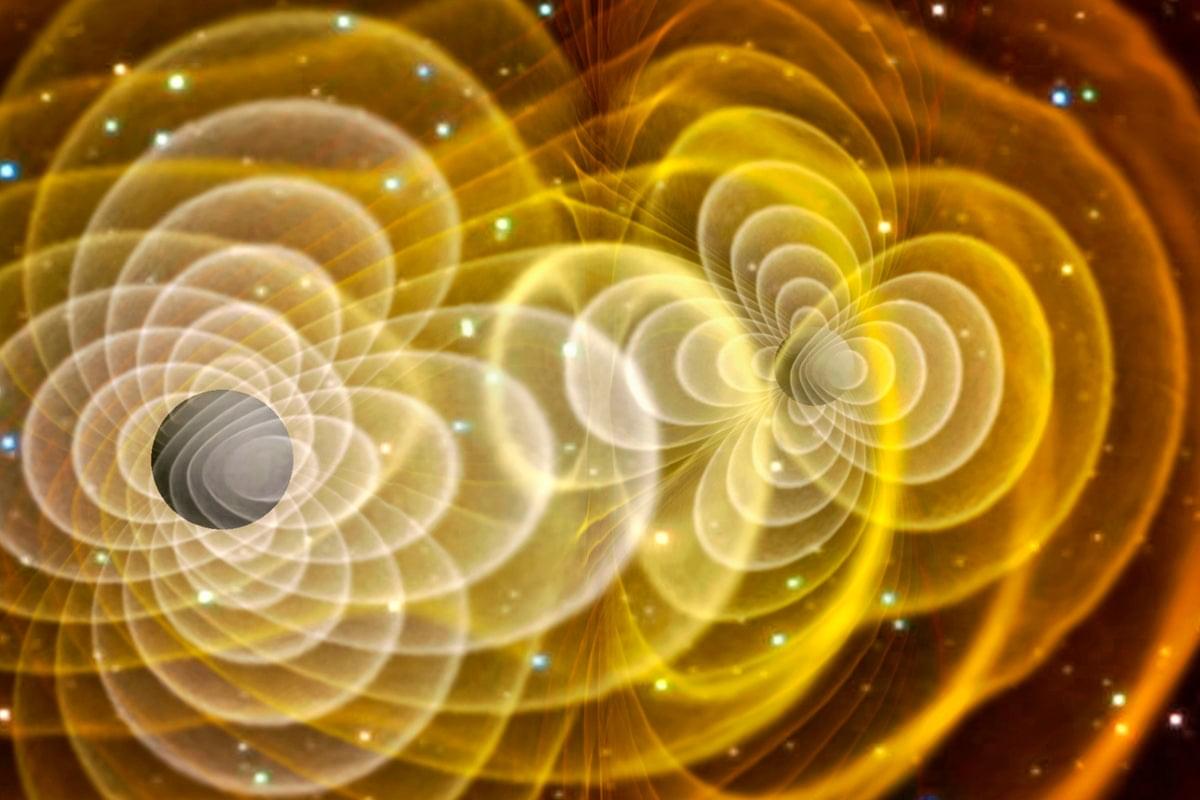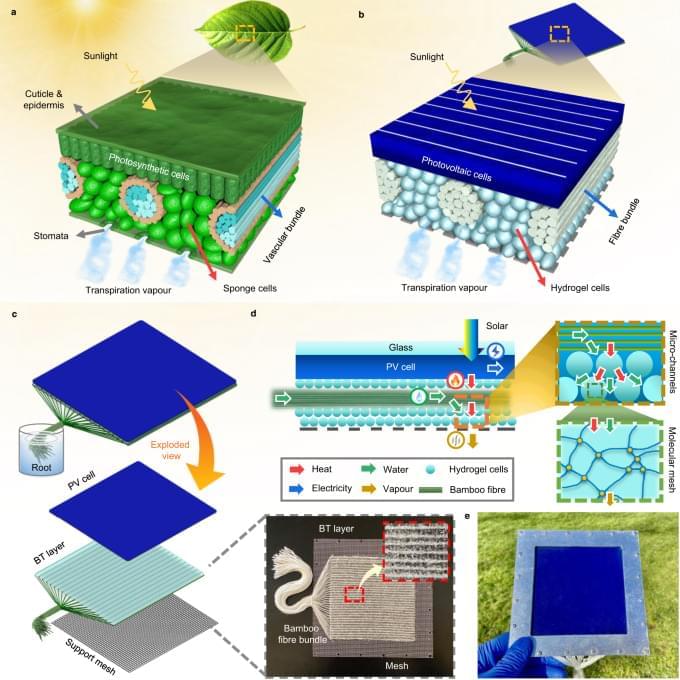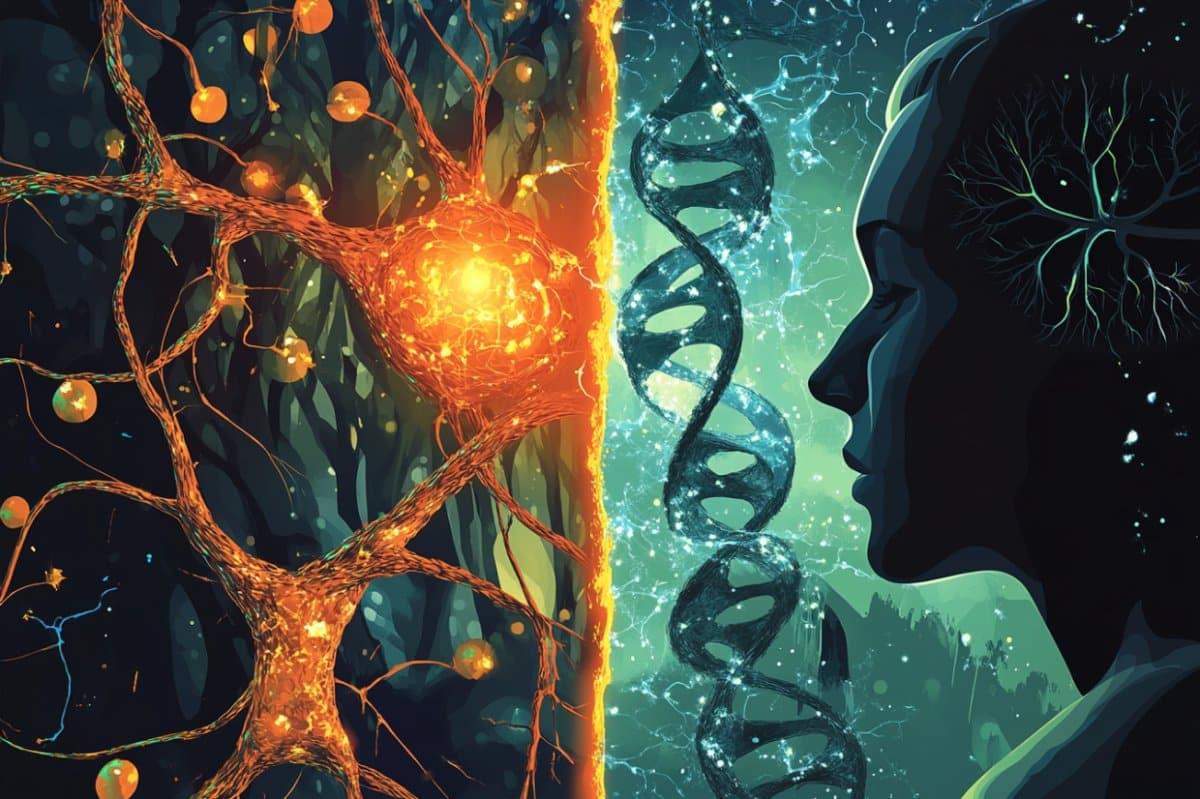The powerful carbon nanotube paste boosts EV battery performance, making them last longer, charge faster, and run stronger.
Get the latest international news and world events from around the world.

Handy octopus robot can adapt to its surroundings
Scientists inspired by the octopus’s nervous system have developed a robot that can decide how to move or grip objects by sensing its environment.
The team from the University of Bristol’s Faculty of Science and Engineering designed a simple yet smart robot which uses fluid flows of air or water to coordinate suction and movement as octopuses do with hundreds of suckers and multiple arms.
The study, published in the journal Science Robotics, shows how a soft robot can use suction flow not just to stick to things, but also to sense its environment and control its own actions—just like an octopus.







🔮 Five charts to understand the Exponential Age
We live in extraordinary times.
I’ve been writing about this for the past decade, analysing AI and other exponential technologies and their impact on society. As you get started with Exponential View, I wanted to introduce you first to five charts — depicting key dynamics — to help you understand why the pace of change has increased.
